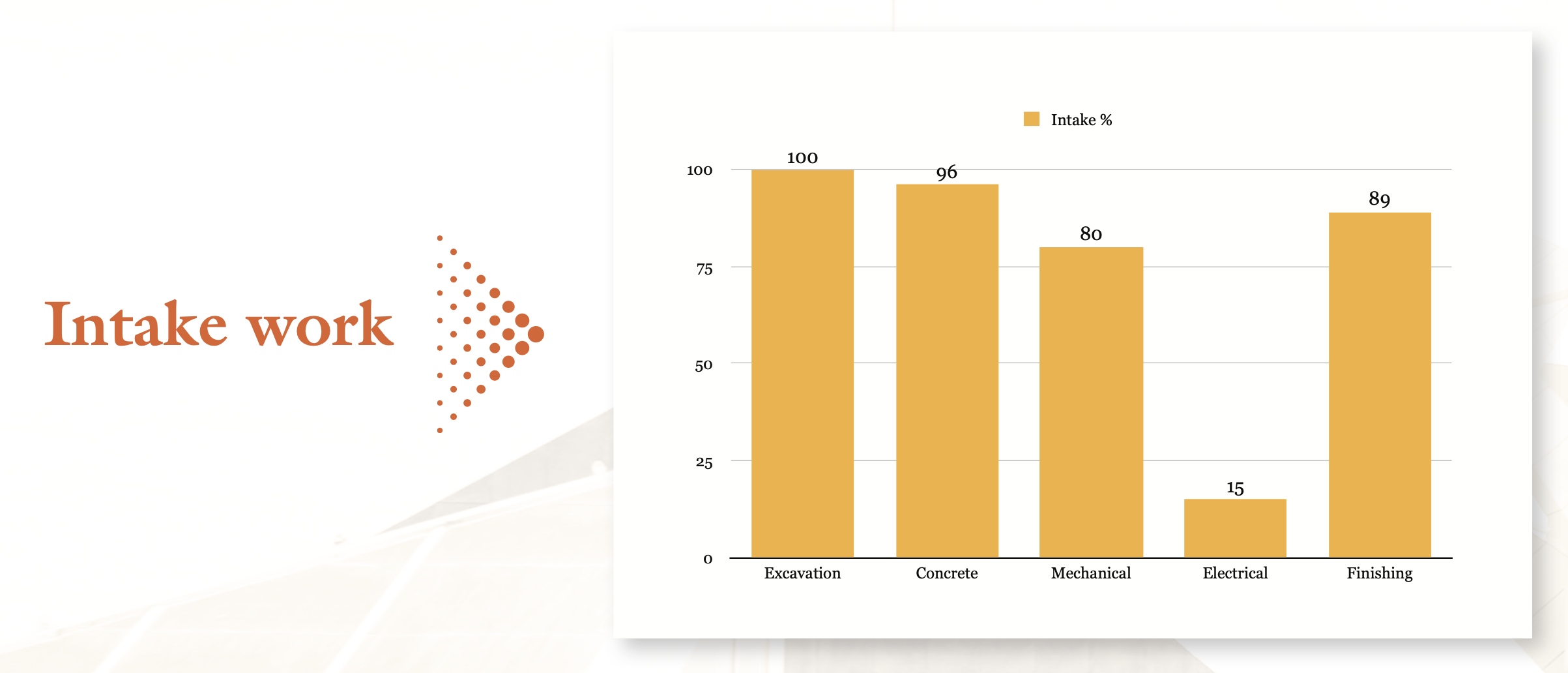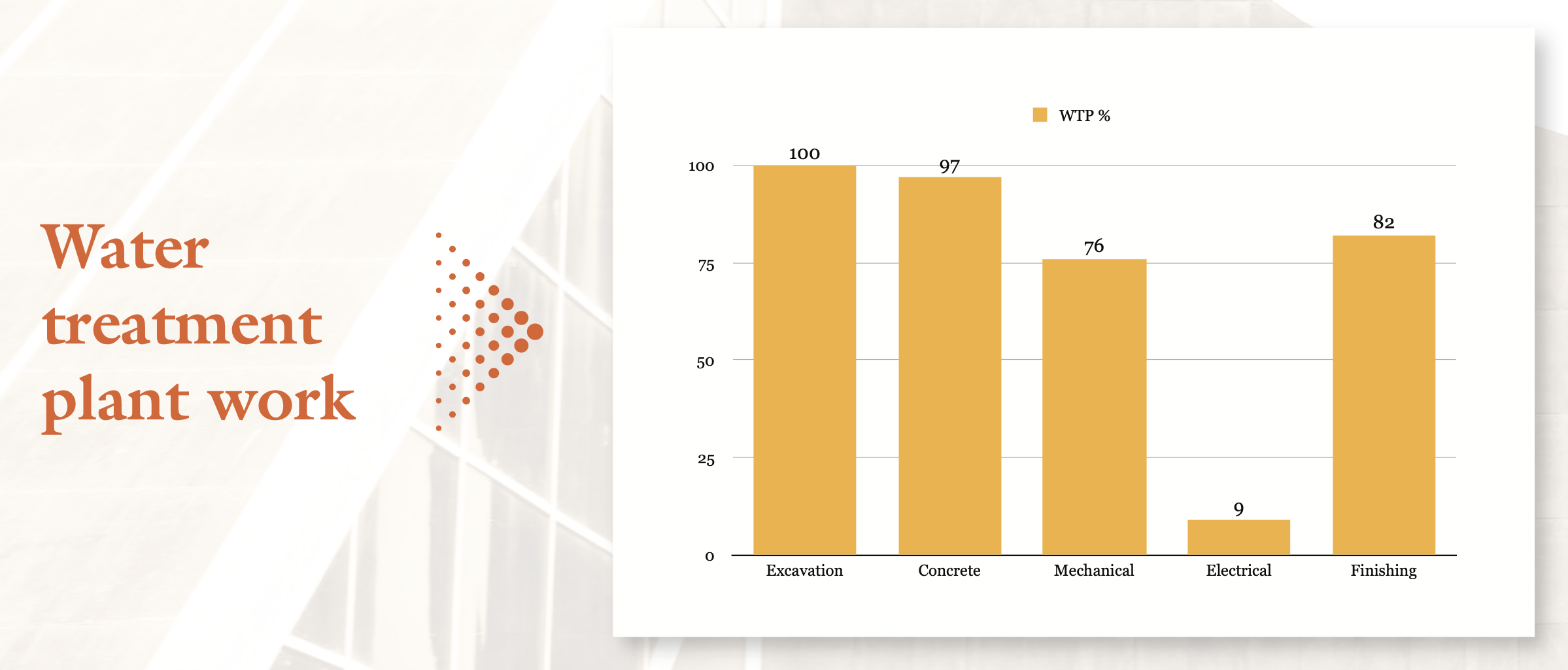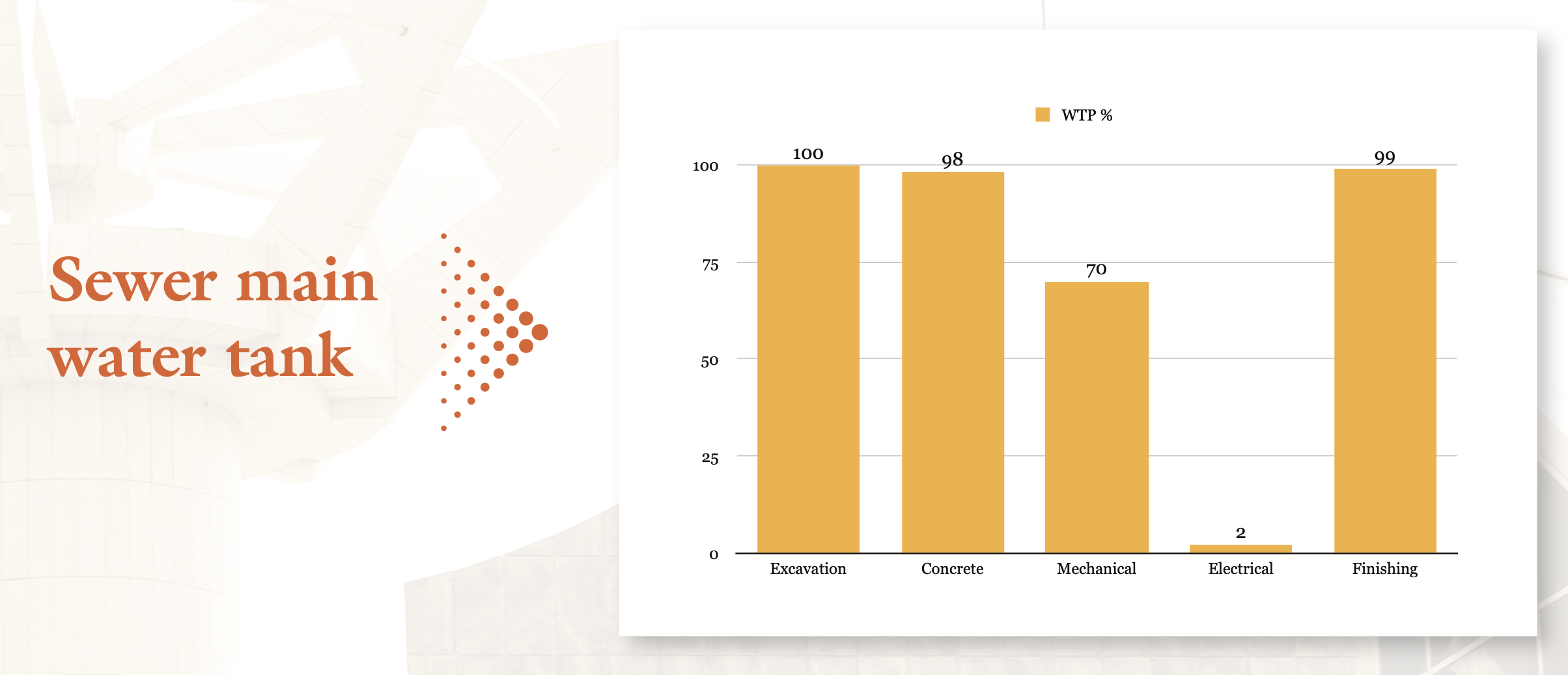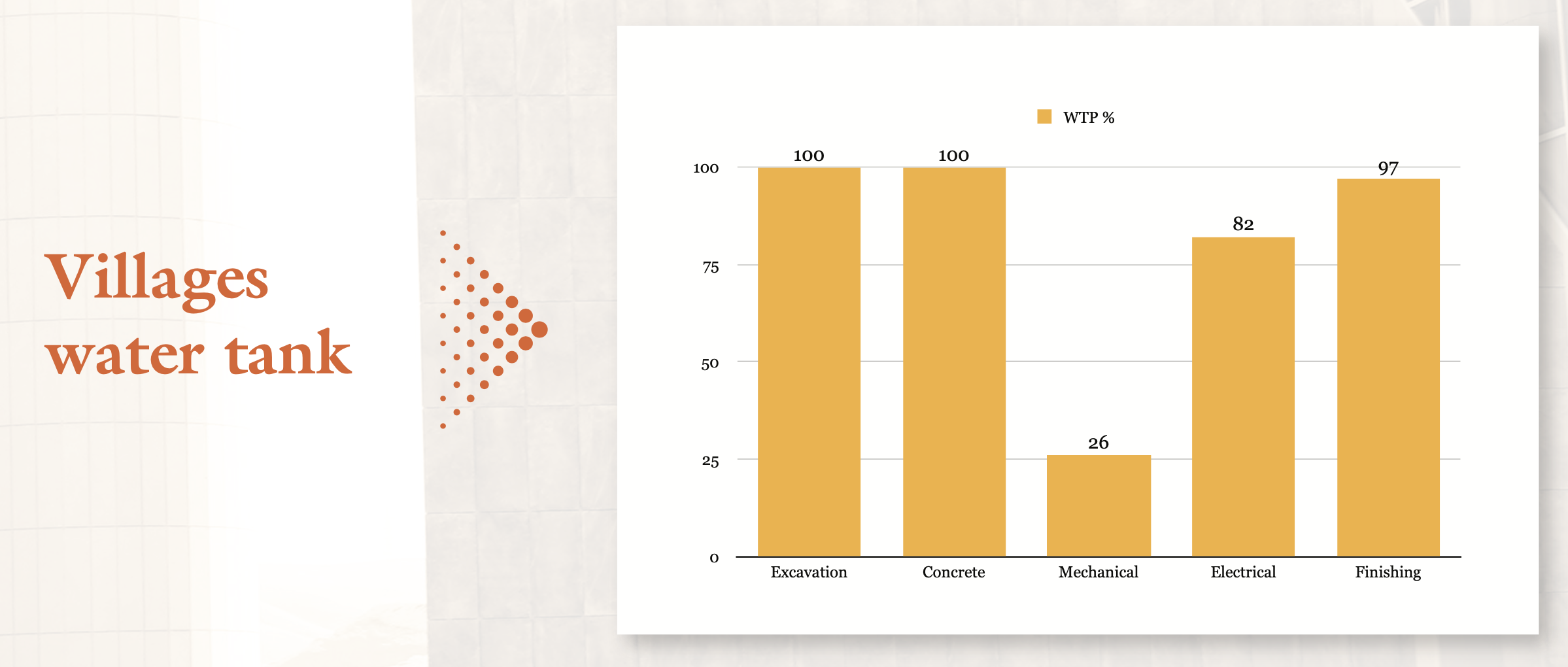In this article, Judi Barzani, Erbil's Director of Follow-Up Projects, emphasizes the government's vision. Key to their strategy is the Department of Coordination and Follow-Up, ensuring vigilant project oversight across ministries through inspections, safety measures, material assessments, and schedule adherence. The piece showcases vital projects like the Rovia-Gopal road, Shahidan Monument, and Barzan water supply, underscoring the Cabinet's dedication to advancing Kurdistan Region's development.
H.E. KRG Prime Minister Masrour Barzani has spearheaded the 9th Cabinet of the Kurdistan Regional Government (KRG) since July 10, 2019. His remarkable resilience against all odds has allowed the Kurdistan Region to overcome countless adversities and to prosper by unlocking the region’s potential in a variety of sectors, with the ultimate vision of building a stronger Kurdistan.
Despite the 9th Cabinet facing many setbacks and hardships, including the Covid-19 pandemic, the financial crisis, and a decline in oil prices, it has managed to withstand and prevail over all those obstacles.

The Prime Minister’s vision
From the cabinet’s initial appointment, Prime Minister Barzani envisioned and initiated a strategic agenda aiming towards building a stronger Kurdistan. Four years later, the cabinet’s success is evident in supporting Kurdish youth, exporting agricultural products, improving education, bolstering infrastructure, introducing digitalization, promoting freedom, and nurturing peaceful coexistence in the region.
What is the Department of Coordination and Follow-Up (DCF)?
The Department of Coordination and Follow-Up is a branch within the Council of Ministers consisting of a highly qualified team of specialists and engineers, such as architects, civil engineers, electrical engineers, mechanical engineers, road and bridge specialists, and dam and water experts.
A strong and effective government needs a corresponding follow-up department to closely monitor and inspect every project launched by the KRG’s different ministries, ensuring they are on track and handed over in time to the people without any shortcomings.
What does the DCF do?
The department starts by contacting the different ministries of the cabinet to request an updated list of projects. They then order the projects in terms of strategic importance and survey them on a weekly basis.
Prior to surveying each project, the team ensures they have a full-scale understanding of the design and the plan so that they can evaluate it accurately and provide thorough feedback.
They do so through two key steps:
— The team reviews the contract and the bill of quantity between the government and the contractor.
— The team reviews the design approach of the contractor implementing the project.

Groundwork
After design and contract revision, the team visits the project site without informing the supervisory team to examine whether the work is being undertaken in accordance with regulations.
The team focuses on specific aspects during its site inspection. Initially, safety is the top priority during the project inspection. The safety of the construction workers and engineers as well as the inhabitants of the surrounding area is not to be compromised whatsoever.
Personal protective equipment (PPE) is a crucial part of any construction site, and the head of the supervisory team must always ensure that all workers comply with proper PPE requirements at all times during the construction phase.
Similarly, the accumulation of huge volumes of waste may be hazardous to the workers and the surrounding environment; hence, the assigned employers must ensure regular disposal of waste and maintain a clean and organized workplace in order to enable maximum productivity and avoid safety hazards. A clean and organized worksite helps reduce the risk of accidents.
Employers must implement strict measures to ensure the safety of the workers operating at heights.
Effective communication between all the parties working on the construction site is crucial to avoid accidents.
The team must frequently inspect materials and equipment to prevent malfunctions and ensure smooth operations.
Regular examinations of the project site are undertaken to inspect even the finest details of the design as they relate to the project as a whole in order to ensure the highest quality of work. Moreover, providing positive feedback and rectifying flaws can help motivate workers to do stronger work in the long run and improve overall safety and efficiency.
Lastly, time management is critical during construction to ensure that the project is completed and handed over without delays. The supervisory team must make sure that workers adhere to an efficient schedule and complete their daily tasks on time.
After the groundwork is concluded, the team prepares a report on each project, in which it provides updates, describes the level of progress, and identifies potential issues. They then forward the report to their directorate, which sends it to their respective ministries. The ministries then respond and act promptly to resolve any potential issues.
This is an ongoing process coordinated between the DCF and the ministries during the entirety of the construction period until completion. This helps ensure that government projects are completed safely and efficiently in a manner that benefits the people of the Kurdistan Region of Iraq.

Rovia-Gopal Road Development Project
The Rovia-Gopal road development project lies between the main roadways of Erbil and Duhok. It is 22 km in length and has three lanes on each side, six overpasses, and two concrete bridges.
The road connecting Rovia and Gopal was infamously known as “Death Road”. It was one of the most dangerous roads in the region, with a high number of car accidents occurring there. According to traffic police data, the terrible road conditions caused daily accidents and numerous deaths.
Despite numerous obstacles, including the Covid-19 pandemic, the global financial crisis, and political issues in the region, the Prime Minister and 9th Cabinet still managed to complete and deliver the project to the people.
The project has enabled citizens to travel through the Duhok Governorate on clean, modern highways that shorten the distance between towns. Most importantly, it has provided a safer road for drivers, resulting in fewer car accidents.
Below you can find more detailed information about the project.
Estimated cost of the project: 95,997,749,000 Iraqi Dinars
Length of project: 22 km
Width of project: Three lanes on each side
Overpasses in the project: Six
Concrete bridges: Two

Shahidan Monument (Kasnazan Road - Erbil)
The Shahidan monument is a structure under construction in the Kurdistan Region of Iraq. As the region continues to develop, the idea was put forth of a building a monument representing the history of the Kurds in Iraq. The structure’s design is intended to reflect the Kurdish people’s painful history.
It was designed by the architect Khasraw Jaff in 2010, but construction was halted for eight years as the region was immersed in the war with ISIS.
The monument aims to represent the history of all Kurds in Iraq and will welcome international delegates and envoys from around the world. It will also serve as an educational site for future generations of students and scholars.
The project’s investment was approved, and construction resumed in 2019 under the Ninth Cabinet.

Water Supply Project for 51 villages in Barzan
The project will provide drinking water to 51 villages in the Barzan region – 120 km northwest of Erbil, Soran administration, Mergasur district – starting from the Balenda village on the Blue River to Shivadz village on both sides of Baroj and Nizar villages.
The water source of the project is the Blue Water River and works by building an intake on the river with a weir to raise the water level.This will be built 500 meters downriver on the Blue Water River before flowing into the Great River. The water treatment plant will be located within the boundaries of Balinda village at 900 meters from the receiver.
Raw water will be taken from the Ava Shin River near Balinda using deep submersible pumps. It will then be pumped to the water treatment plant by means of DN 500 Ductile Iron Pipes.

The planned capacity of the water treatment plant is 1,200 m3/h. The raw water will be treated and purified before being pumped into a clean water storage tank with a capacity of 8000 m3.
From the clean water storage tank, potable water will be pumped to the Barzan water tank (5,000 m3) through DN 500 ductile iron pipes. The water will also be pumped to the Sewre main storage tank (2,700 m3) through DN 300 ductile iron pipes.
From the above-mentioned water tanks, potable water will be distributed to 51 villages in the Barzan area by means of ductile pipes. A total of 200 km of ductile iron pipes will be used in the project.
There are 100 m3, 200 m3, 300 m3, 500 m3, and 1,000 m3 water-collection tanks present near these villages. Main storage tanks with volumes of 8,000 m3, 5,000 m3, 4,000 m3, 2,700 m3, and 1,000 m3 are also part of the project area.
Clean water will be distributed from the storage tanks to the villagers through HDPE pipes that have diameters of 75 mm, 90 mm, 110 mm, and 200 mm.
Contract value : 138,448,845,185 Iraqi Dinars
Judi Barzani is Director of Erbil’s Department of Follow-Up at the Kurdistan Regional Government.